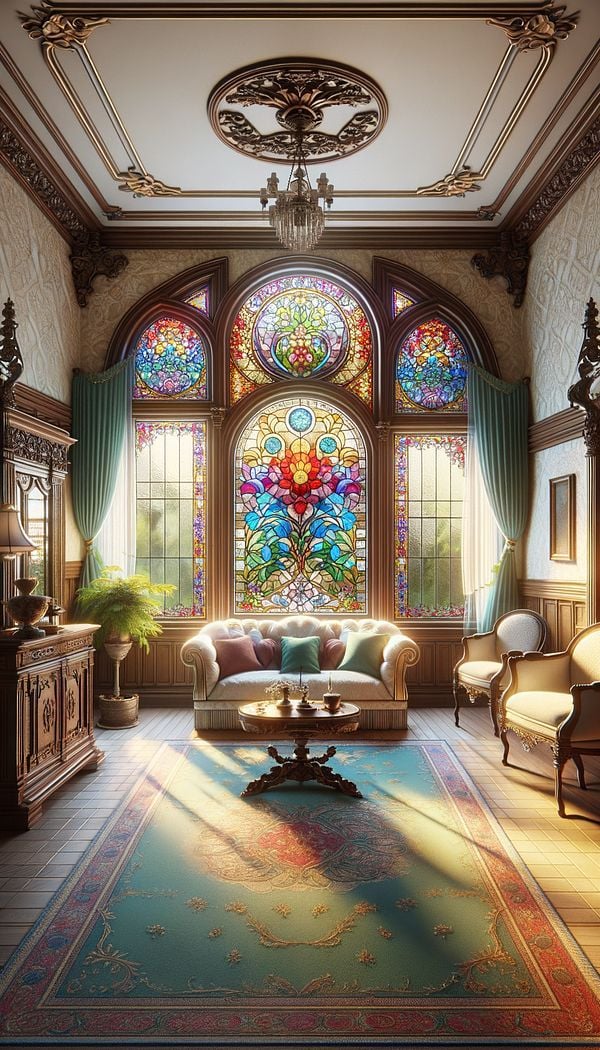What is Art Glass?
Art glass is a decorative material primarily used for its aesthetic appeal.
Description
Art glass refers to crafted glass that has been designed for decoration or artistic expression, rather than purely functional purposes. It encompasses a wide range of glass-making techniques and styles, including stained glass, blown glass, fused glass, and more. The origins of art glass trace back to ancient civilizations, but it saw a significant rise in popularity during the Art Nouveau and Art Deco periods.
Art glass can include pieces that are both functional and decorative, such as lamps, vases, and windows, or it can be purely ornamental. The creation of art glass often involves a high degree of craftsmanship and creativity, making each piece unique. Artists may employ various techniques to manipulate the glass, adding colors, textures, and shapes that enhance its visual appeal.
In the context of interior design, art glass serves as a distinctive element that can complement or elevate a space's aesthetics. It can introduce color, light, and texture in ways that other materials cannot, making it a versatile and treasured decorative element.
Usage
Art glass is often used in residential and commercial spaces to add a touch of elegance and uniqueness. It can be found in the form of decorative windows, light fixtures, and sculptures. For instance, a custom stained glass window can serve as both a source of natural light and a centerpiece in a room, while a blown glass chandelier can add a dramatic focal point to a dining area or entryway.
FAQs
-
How is art glass different from regular glass?
Art glass is distinct from regular glass primarily due to the artistic techniques employed in its creation, which contribute to its decorative and aesthetic qualities. Regular glass is typically produced for utilitarian purposes, with less emphasis on design and appearance.
-
Can art glass be functional as well as decorative?
Yes, art glass can be both functional and decorative. Many art glass pieces serve practical purposes, such as vases, bowls, and lamps, while also adding aesthetic value to a space.
-
Is art glass only used in traditional designs?
No, art glass is versatile and can be incorporated into a wide range of interior design styles, from traditional to modern. The style of the art glass piece will influence how it fits within a particular design aesthetic.
Practical Application
When incorporating art glass into your interior design, consider the overall style and color scheme of your space. Art glass can serve as a statement piece or subtly complement the existing decor. If installing a larger piece, such as a stained glass window, ensure it is positioned to maximize the effect of natural light passing through, enhancing both its beauty and the ambiance of the room.
-
Lighting111 articles
-
Decorative Techniques322 articles
-
Decorative Objects240 articles
-
Art & Sculpture30 articles
-
Fabrication & Craftsmanship133 articles
-
Mosaic TilesMosaic tiles are small, often decorative, pieces of tile used in creating images or patterns on floors, walls, and other surfaces.
-
Spade FootSpade Foot refers to a style of furniture leg that resembles the shape of a spade.
-
Roundabout ChairA distinctive, swivel-based armchair characterized by its circular motion.
-
FillFill refers to materials used to provide softness, volume, or insulation in interior design elements.
-
Balloon Back ChairA Balloon Back Chair is a type of chair with a rounded backrest resembling the shape of a balloon.
